Consistency is (not) key: should an airline’s lounges all be the same?
Links on Head for Points may support the site by paying a commission. See here for all partner links.
For the past decade, Cathay Silver members and their oneworld equivalents have had a choice as they step into the bright terminal of Hong Kong Airport: do they choose the airy, glossy, stone of the Norman Foster-designed The Wing First lounge or the warm, wooden, residential aesthetic of the Ilse Crawford-designed The Pier First lounge?
With their designer-lead interiors, both have existed in tandem. Each offers diverging visions of what a lounge can be and has different amenities, from private cabanas featuring stone bath tubs to private day rooms with views across the airport.
Sadly, those days are now over. In late May Cathay Pacific closed The Wing First for a complete refurbishment which it said would bring the lounge in line with what is offered at The Pier.
It made me wonder. Isn’t there something sad about standardising the lounge experience, of making the insides of every airport look the same, no matter where you are?
Don’t get me wrong – The Pier First is my favourite lounge in the world, the sort of space that every airline should aspire to: quiet, luxurious, homely. The airline’s design was already tending in that direction, with its London lounges featuring the same green onyx walls and mid-century furniture. New lounges in Beijing and New York will also conform to Ilse Crawford’s vision.
I can see why The Wing has fallen out of fashion: its black and white marble floors and walls (polished to such a gleam that you don’t need a mirror) have long been out of favour. Airlines everywhere are embracing the new fad of ‘residential’ design where everything looks like the lobby of a £1,500-per-night hotel.
Partly, I think, it’s comfort: soft furnishings, not hard surfaces, make for a relaxing and quiet stay. The Wing First wasn’t always the most comfortable lounge, although it was impressive: I can appreciate the architectural, almost monolithic, aspirations that Foster had.
Also rethinking its lounge portfolio is British Airways. Already overdue is the opening of its new Dubai and Miami spaces, both of which showcase what the airline is calling its new ‘Global Lounge Concept’ and which will, it suggests, be rolled out at its Heathrow home in Terminal 5.
The 2008-era lounges have long needed a makeover and last year the airline committed to one, although progress remains silent.
Yet with six lounges in Terminal 5 alone and two more in Terminal 3, isn’t there an opportunity for something different? Not all passengers want or require the same amenities – so why are lounges becoming the same?
I’ve written previously about grab-and-go lounges, something that has been embraced by the US carriers (American Airlines has just announced its own concept, Provisions.) There are also opportunities for differentiation in existing lounges as part of the wider lounge experience.
Wouldn’t it be fun to have a grand tea room in one, replete with William Morris interiors and giant parlour palms – think Afternoon Tea at The Ritz or The Langham – whilst others reference different British design styles and traditions? A whisky tasting room, for example, could offer a broader selection of Scotches with tasting flights.
The idea of offering unique spaces for differentiated experiences taps into the current trend of offering limited-time pop-ups. British Airways already does a fair amount of these, with commercial pop-ups in its Gold lounge such as a Don Julio Tequila bar or the Whispering Angel rebrand in its Terminal 5B lounge. But these feel like skin-deep commercial partnerships (because they are) rather than customer-oriented collaborations.
There will always be a balance between offering differentiated experiences and making sure that the basics are covered.
It’s all well and good having a dedicated tea room or whisky tasting room, but it’s probably true that the majority of people just want a comfortable place to sit and easy access to food and drink. Those designing these spaces will have to think carefully about how they can create new experiences for those that want it whilst still making things accessible for the majority.
Otherwise, you can end up with something like Qatar Airways’ in-lounge Louis Vuitton cafe at Al Mourjan The Garden lounge in Doha, image below.
On all my recent trips through the airport, this space has been empty of customers, who have either been put off by the need to pay extra or simply because the beautifully designed space is empty. Who wants to be the only person in a cafe?
(Ironically, the Vuitton cafe isn’t Instagrammable enough. It’s almost too subtle, with no money shot to post on social media. Another option to woo the social media crowd would be a small unique Vuitton trinket for every customer, unavailable elsewhere.)
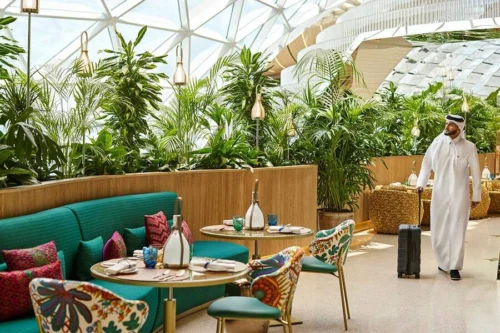
The opposite is also true. Returning to Cathay Pacific, its complimentary massage service for First Class passengers and oneworld Emerald members is a victim of its own success and often over-booked, with slots available only at quiet times or bookable multiple hours in advance.
Managing expectations is vital, as is the right level of staffing. There’s nothing wrong with having a little scarcity – often this can make it more exclusive – and you could even tie it in to how you reward frequent flyers.
As always, the challenge is striking a balance between the disparate needs of the customers and the business.
As British Airways and Cathay Pacific embark on a flagship lounge overall program, it’s worth pondering what additions could imbue these spaces with a sense of place and time – things that are so often missing in the generic airport experience.
In the long term, careful cultivation of these ideas and spaces might produce iconic and signature elements that come to be associated with the airline for decades to come.



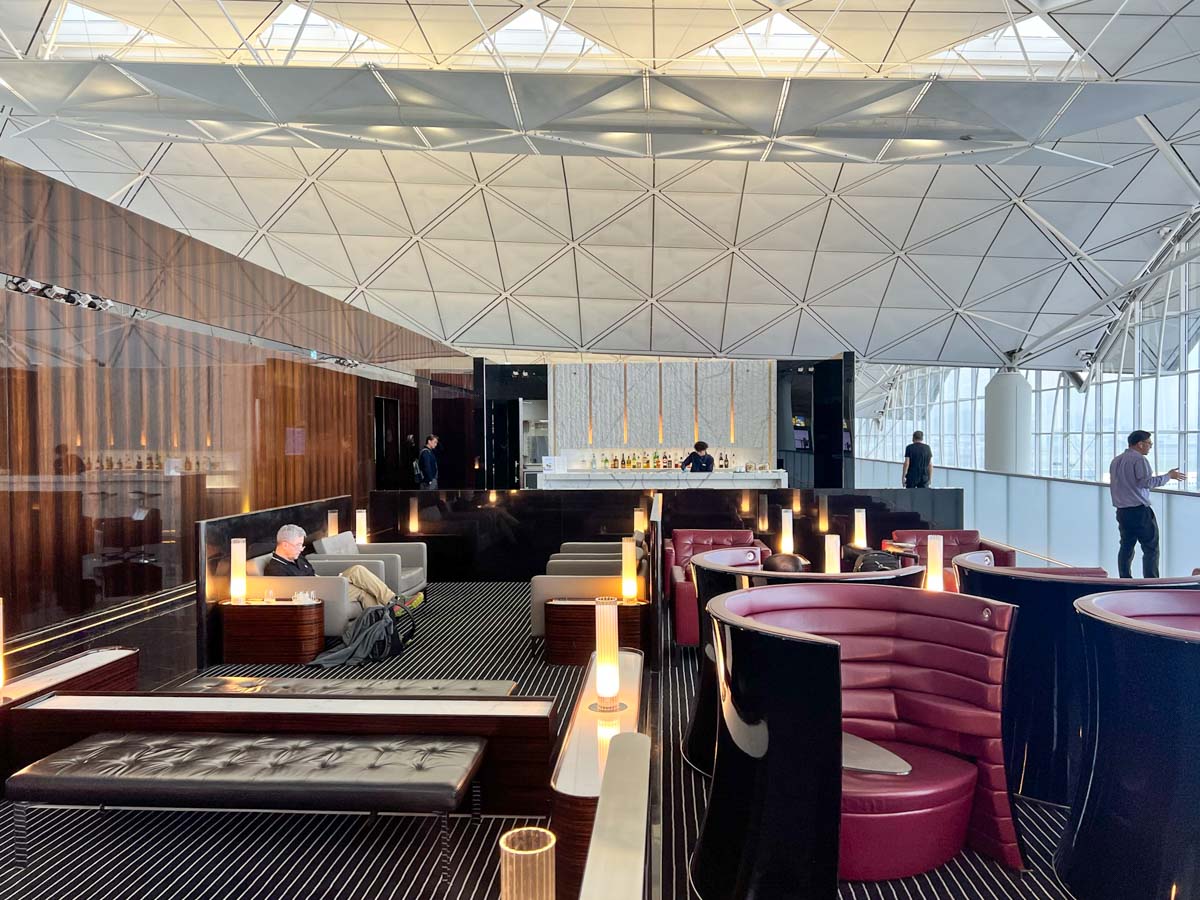
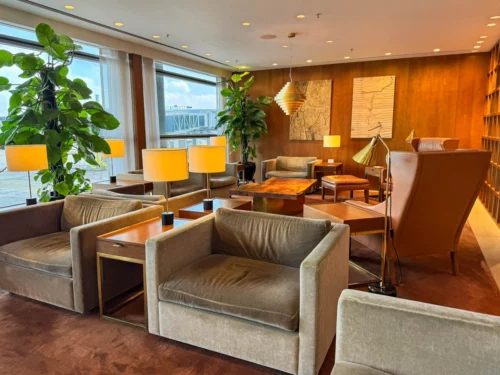
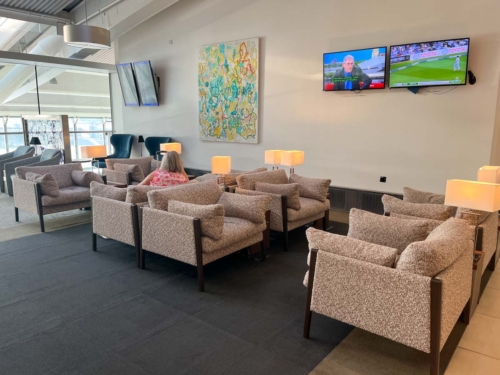
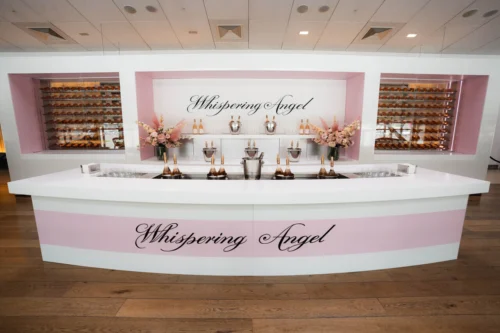







Comments (7)